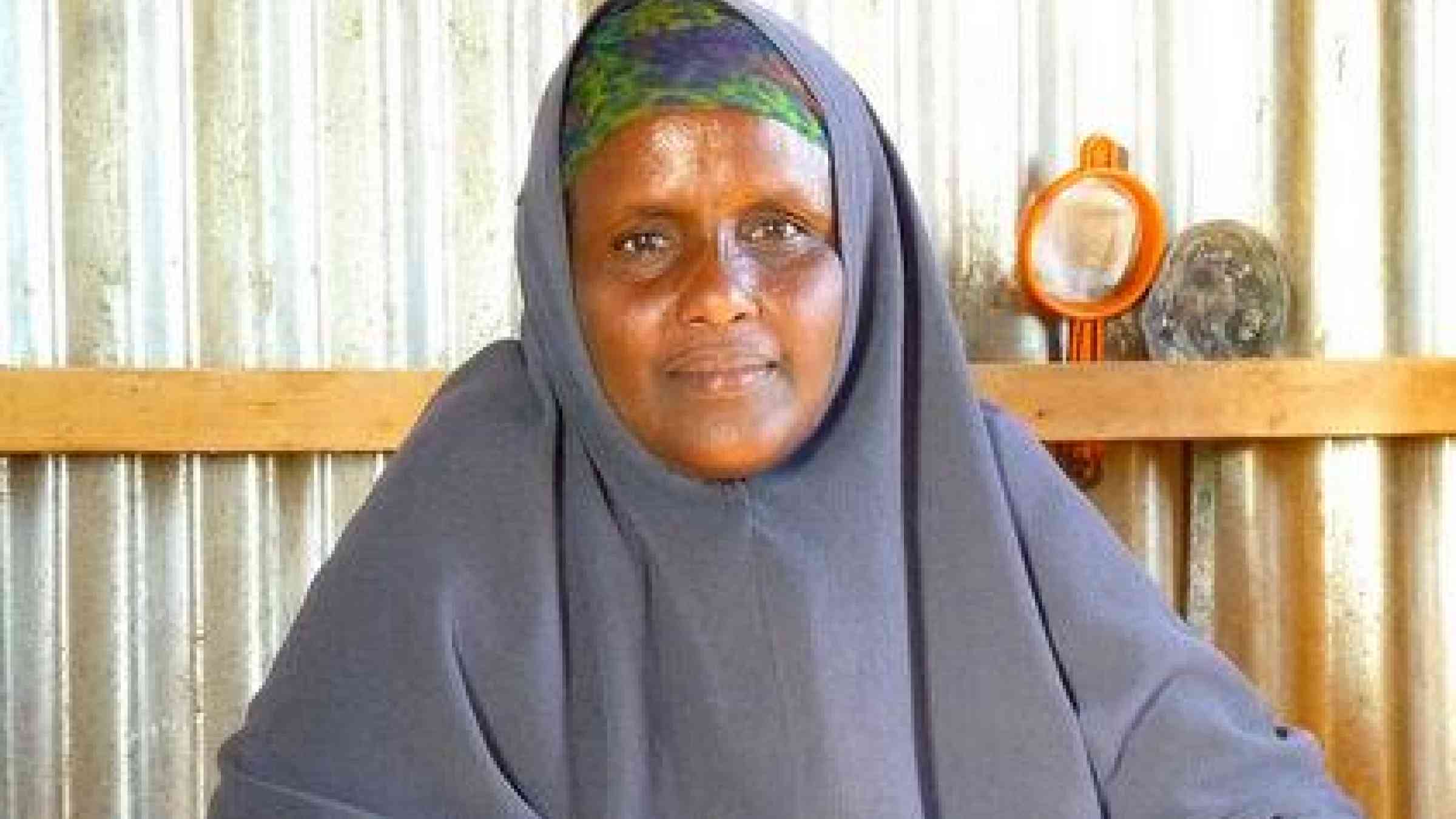Hard-hit herders move to reduce their disaster risk

GENEVA, 8 January 2014 – Herders whose livestock was devastated by a cyclone are taking steps to reduce their vulnerability and exposure to future disasters.
A combination of freakish freezing temperatures, high winds and severe floods after a cyclone in November in Puntland, Somalia, hit several communities hard.
Dozens of people died and up to one million livestock were wiped out, according to a post-cyclone operations update from the International Committee of the Red Cross (ICRC).
In the wake of the disaster some herders have sought to reduce their disaster risk by finding areas that afford better protection from extreme weather events for themselves and their livestock.
In a video interview (see link below), one herder told ICRC: “After the floods we needed a clean place with more trees. The ground here is higher and harder. We chose higher ground for fear of more rain and floods.”
ICRC said the economy, which is highly dependent on livestock farming, had been shattered through the loss of so many animals.
Another herder told the ICRC video: “We thought it was harmless rain but it didn’t stop. The animals started getting confused. They ran around trying to escape. We could see the animals floating away.”
Heavy rains flooded the Shabelle River and forced more than 10,000 people to flee to the town of Jowhar. Standing crops in the affected areas were destroyed, the ICRC operations update said.
ICRC said with so many animals killed, protecting and treating those that survived is vital. In 2013, along with its local partner, the Somali Red Crescent, ICRC: vaccinated and treated 986,000 animals; trained 20 community animal health workers; supported six pharmacies with veterinary drugs; and distributed relief to 22,000 people.
ICRC and the Somali Red Crescent said in 2014 they will continue to support local communities to strengthen their self-reliance. In November 2011, the ICRC drew up a framework to make sustainable development integral to its humanitarian work.